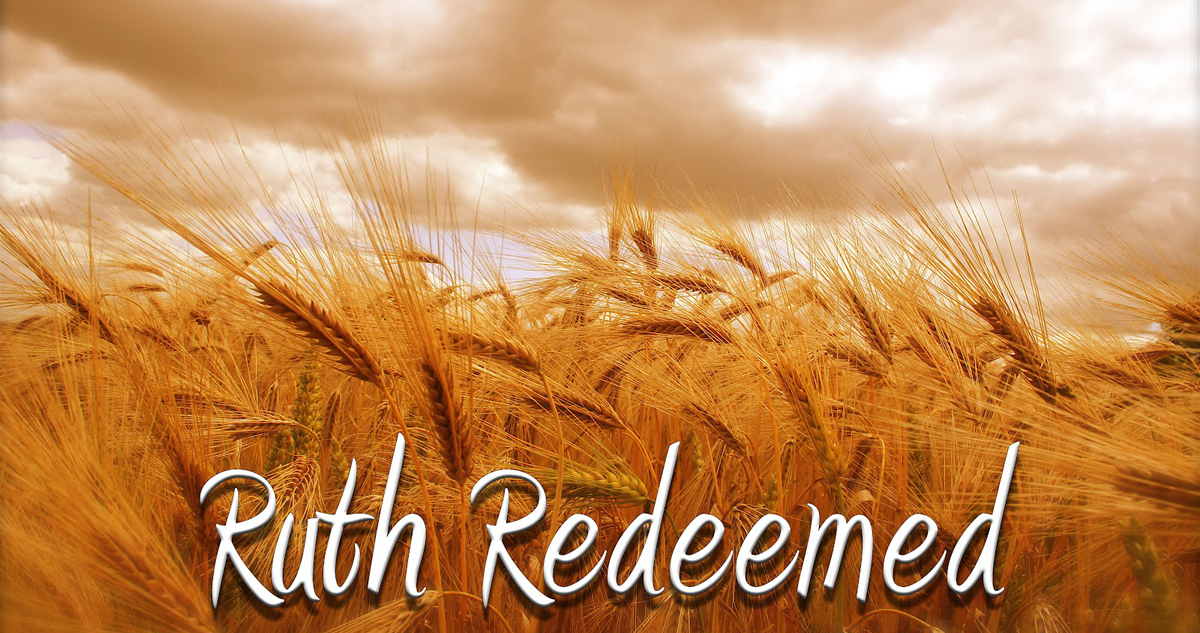
In the story of Ruth, there is an episode where her nearest kin takes off his shoe, so she can marry Boaz.
According to most scholars, the meaning behind this Hebrew tradition has been lost, however, I found a very interesting, and satisfying explanation for it from a pastor, from California. Putting his thoughts together with LDS scholarship paints a complete picture, in my eyes, on how women were viewed by men in that day. As well, it showcases the Bride (members of the Church) and Jesus Christ.
In Deuteronomy 25:5-10, the Levirate Law is explained. It states that when a husband dies and leaves no seed, the brother must step into his place to provide the woman with a child. The law further states that if he refuses her, she has recourse.
(v. 9)“Then shall his brother’s wife come unto him in the presence of the elders, and loose his shoe from off his foot, and spit in his face, and shall answer and say, So shall it be done unto that man that will not build up his brother’s house.
(v.10) “And his name shall be called in Israel, The house of him that hath his shoe loosed.”
Land was very important to the Israelites. After all, they had been without land for so many years, when they finally reached the Promised Land, they were prepared to stay for good. Likewise, family was very important. If you had children, you would continue to claim the precious land.
According to this pastor, it was symbolic to take your shoe and place it on the land. It was yours; you could stand on it; it was your possession. If you handed your shoe to someone else, it symbolized you giving up the right to the land. The land belonged to the husband, and when the husband died, the land belonged to the brother.
 But, according to the law, if the brother refused the widow, she had a safety net. In front of the whole town, she could demand he take off his shoe (give up the land to her), and spit upon him. Taking off the shoe is embarrassing, and spitting on him is really embarrassing.
But, according to the law, if the brother refused the widow, she had a safety net. In front of the whole town, she could demand he take off his shoe (give up the land to her), and spit upon him. Taking off the shoe is embarrassing, and spitting on him is really embarrassing.
Now, in Ruth 4:7-8, we learn that Boaz desires to marry her, but there is a nearer kinsman, who has that responsibility, according to the law. This near kinsman does not want to marry Ruth, so he graciously removes his shoe (ownership) and gives it to Boaz, symbolically showing that he is giving over his rights of Ruth.
It may appear demeaning to read that the kinsman is allowing Boaz to BUY Ruth from him (v. 8). And in verse 10, that Boaz PURCHASED her. S. Michael Wilcox (Institute teacher and LDS author) suggests that Boaz is a type of the Savior, and Ruth represents us. Christ bought each of us and we are His.
Normally, a man would propose marriage by spreading his skirt, or robe, around his intended. In this case, Ruth asks Boaz to marry her by saying, “spread therefore thy skirt over thine handmaid” (Ruth 3:9). In Ezekiel 16:8, the Lord says:
“Now when I passed by thee, and looked upon thee, behold, thy time was the time of love; and I spread my skirt over thee, and covered thy nakedness; yea, I sware unto thee, and entered into a covenant with thee, saith the Lord God, and thou becamest mine.”
Verses 9-12 continue telling us that Christ washed us clean, adorned us with fine linen and precious jewels, “and a beautiful crown upon thine head.”
The true meaning of the gospel comes out in this story. Once we accept the gospel, we gain our Promised Land. It is a husband and wife, who will gain their footing in the eternities by having children under the covenant. And it is Jesus Christ who redeems us, purchases us, and offers us eternal life.
I love knowing that women had respect and rights so long ago. Jesus taught how precious a woman was, and is. I also love how the gospel teaches us of Jesus’ love for each one of us, in every generation. By studying the Old Testament culture, we can gain a deeper understanding, proving the Savior’s love for us, over and over and over again.
I love these insights. Those parts of Ruth’s story have always bothered me. I like thinking about it this way!
very interesting. I have never heard this confusing bit of history explained in any way that made sense before. thanks.